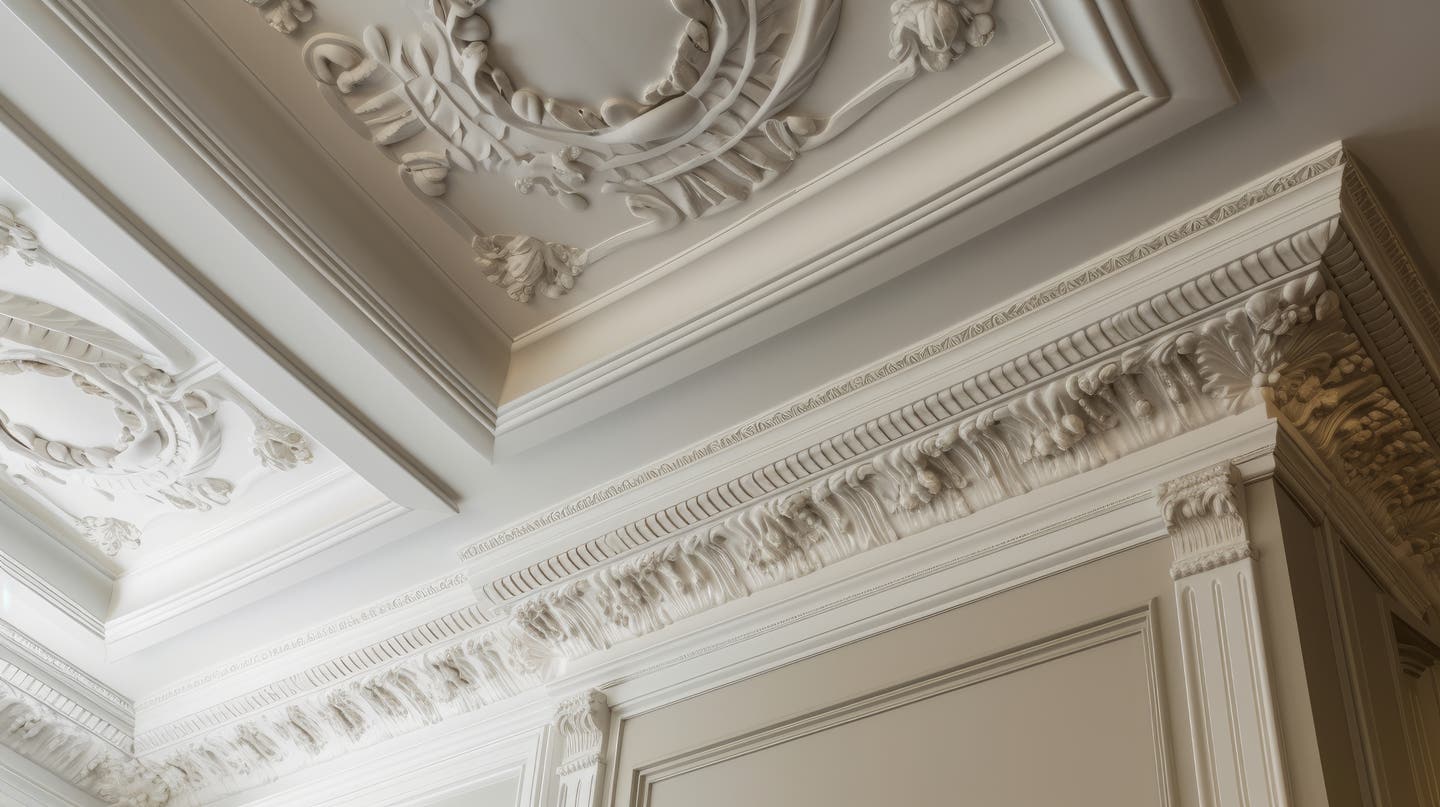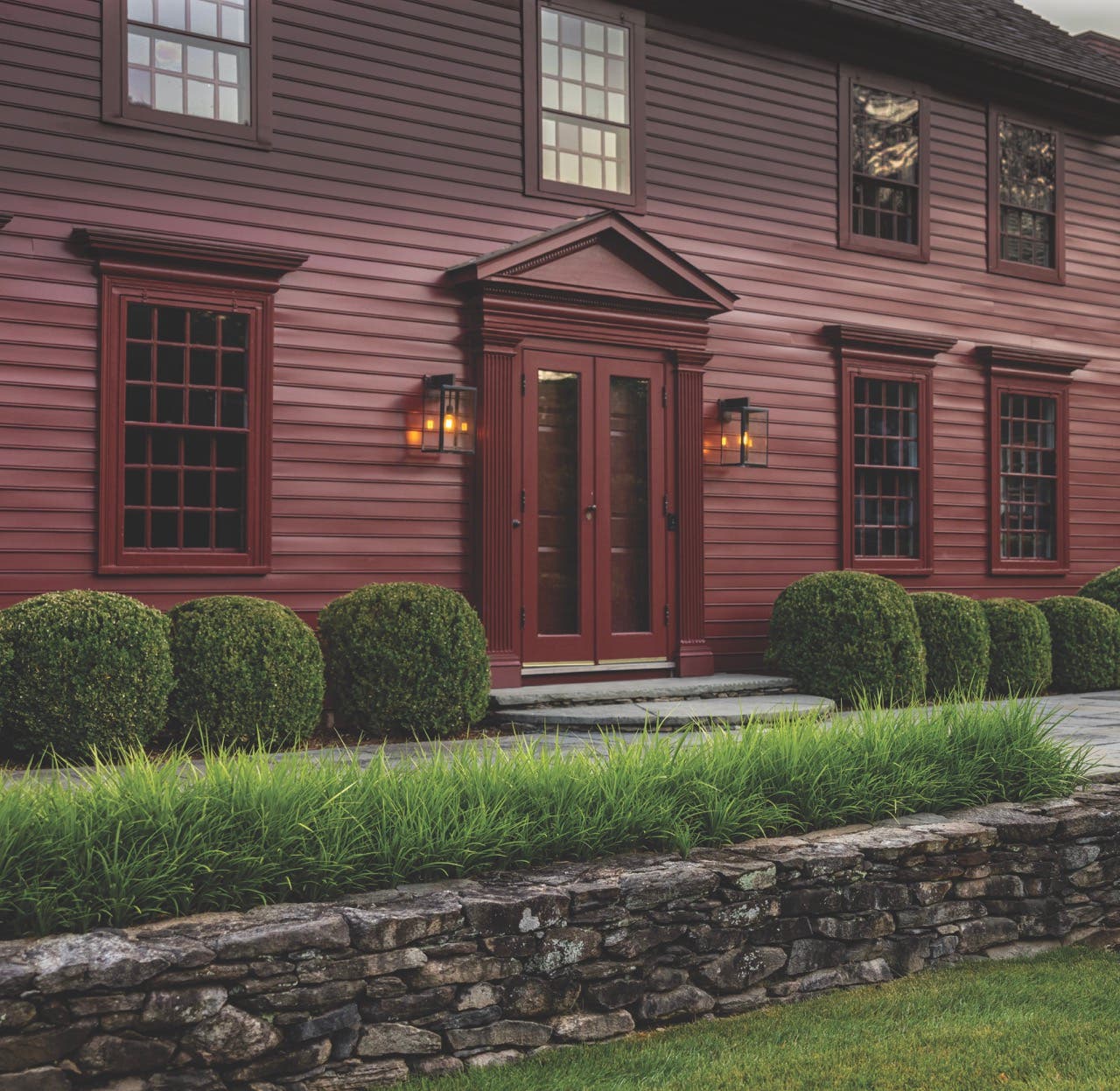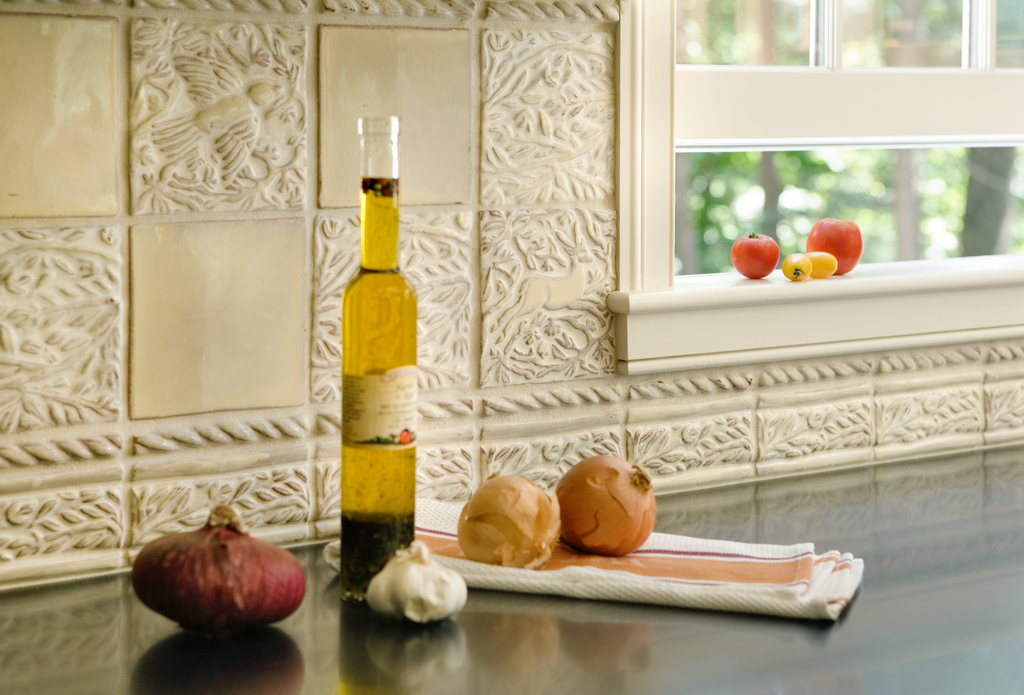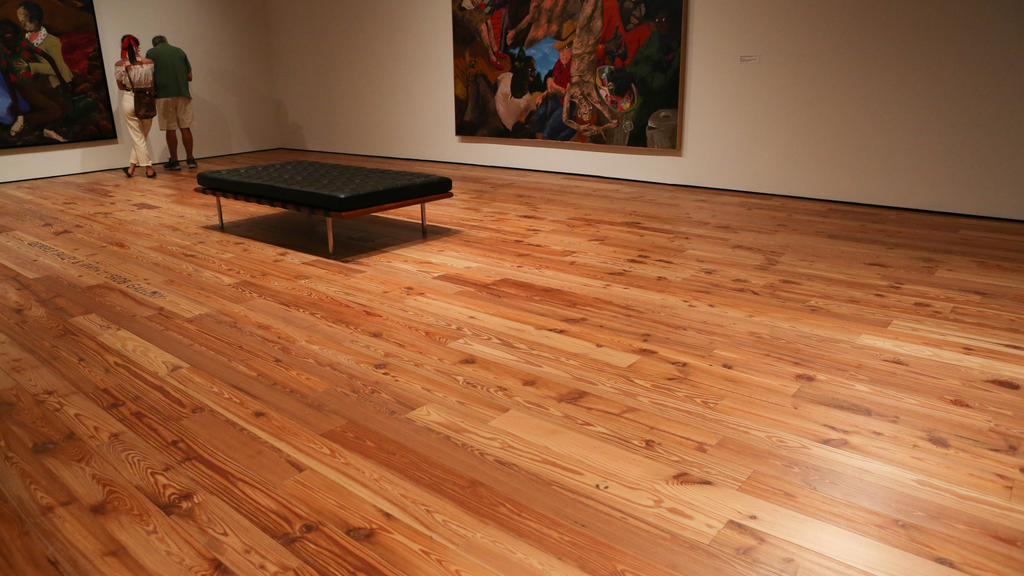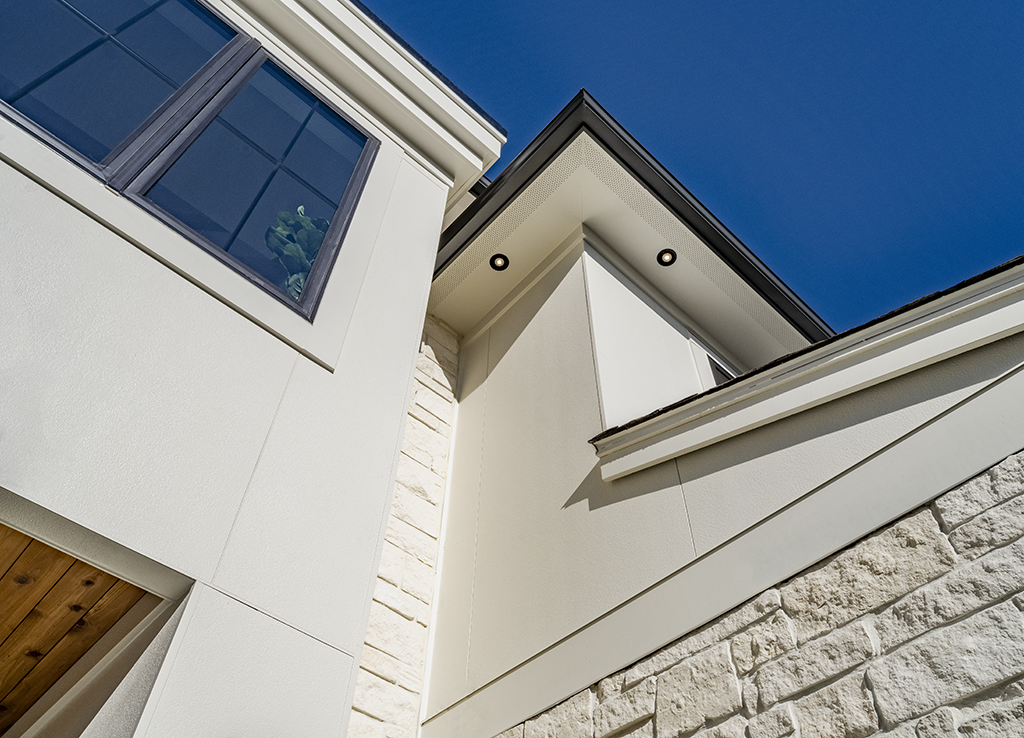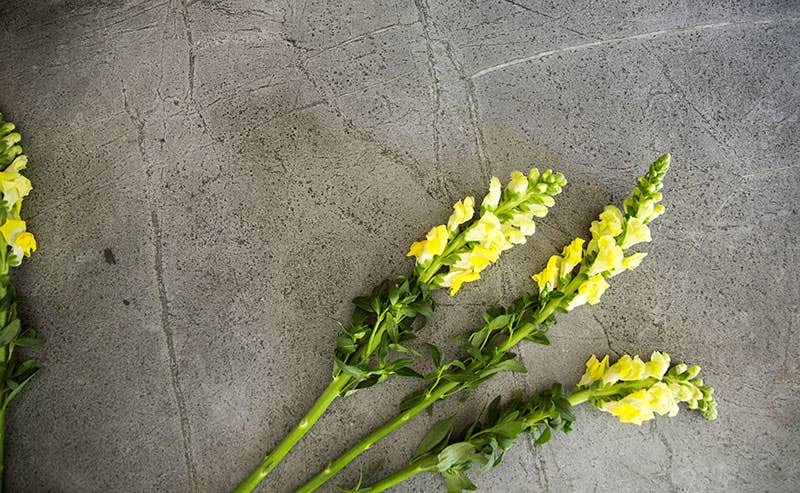
Product Reports
Building Traditional Kitchen Surfaces: The Un-Granites
Granite is often the go-to material for building traditional kitchen surfaces, but what are the alternatives? Two unique stones--soapstone and slate--are as practical as they are traditional, and ceramic tile remains a classic choice. Any one of these three materials is ideal for creating period-appropriate counters, backsplashes, floors, and many other surfaces.

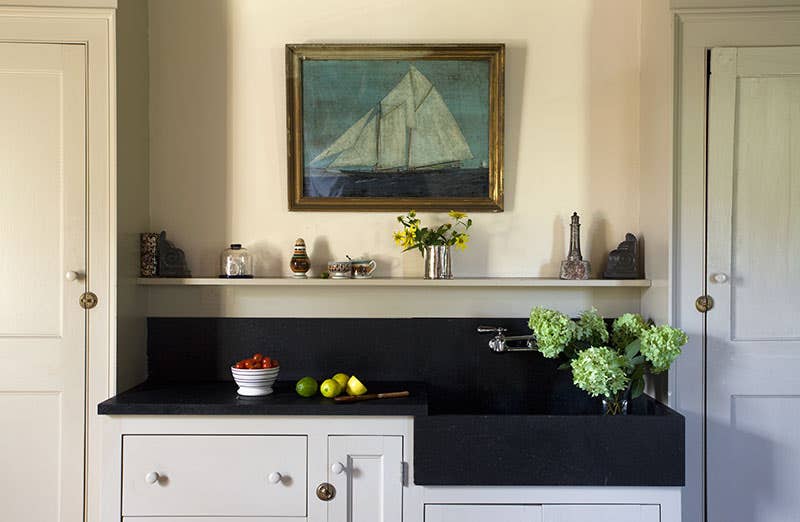
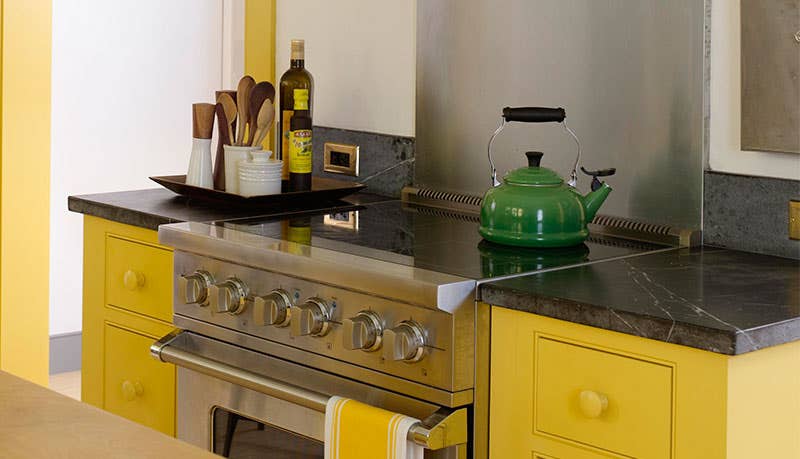
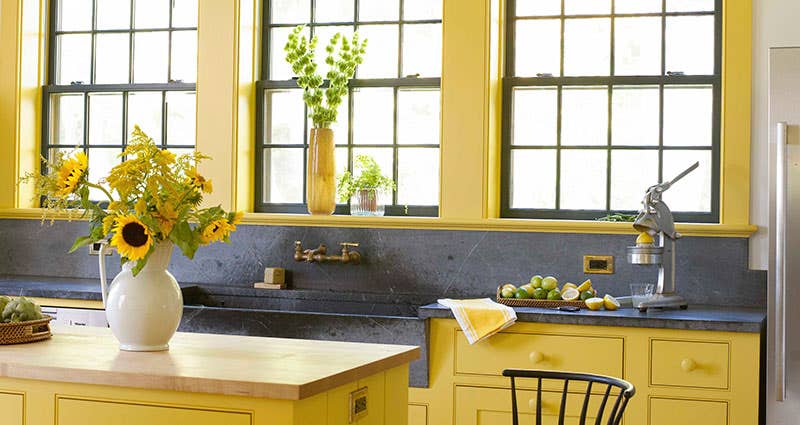
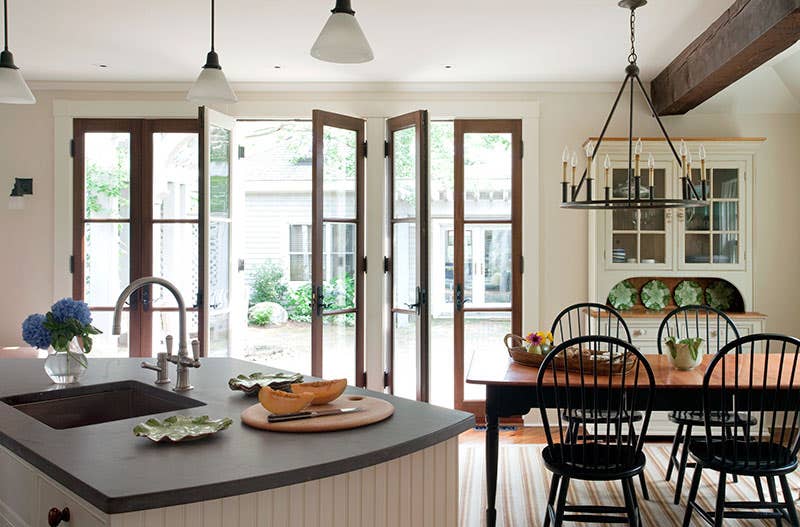
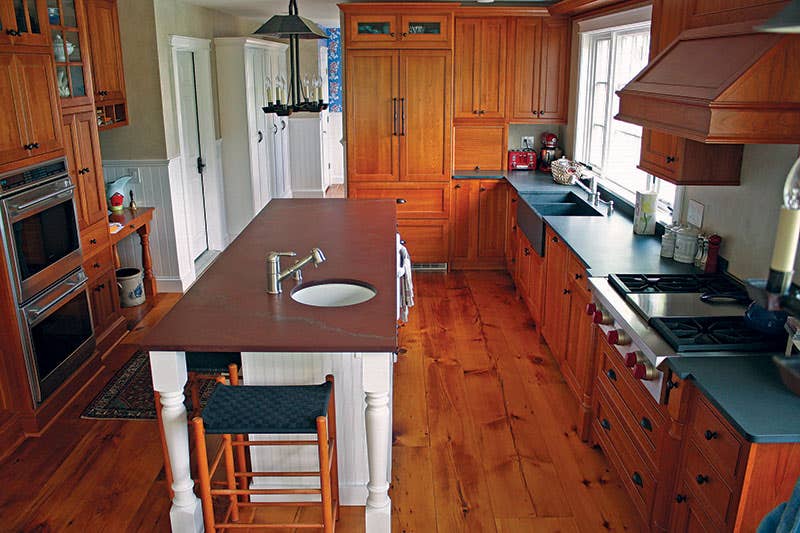
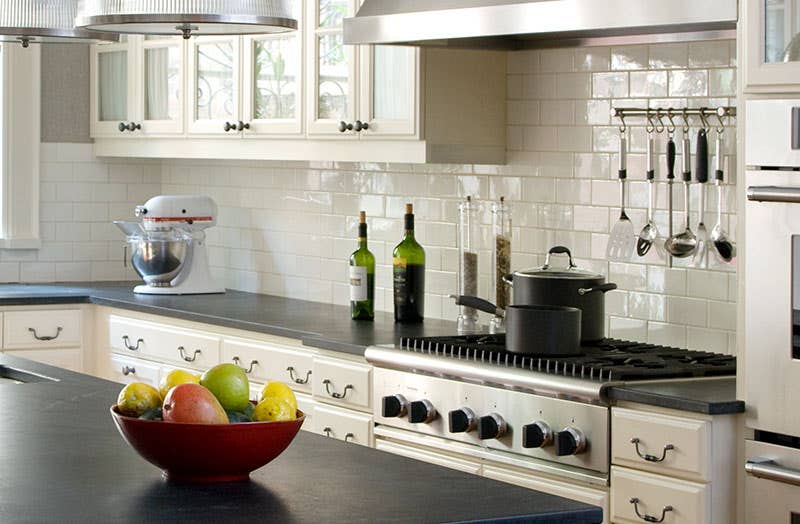
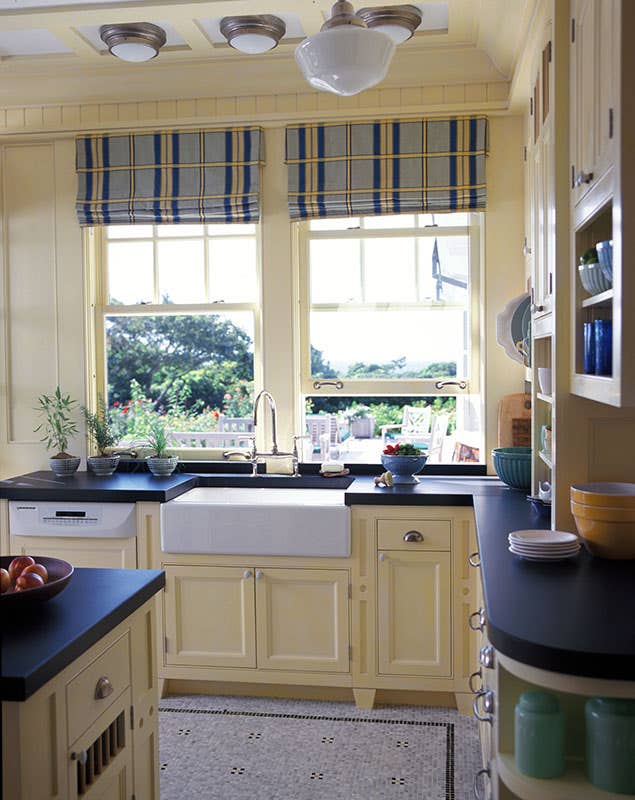
By Gordon Bock
SOAPSTONE
A readily worked stone that has been carved into bowls and figures for millennia, soapstone came on strong in the 19th century for everything from gas-light burner tips to laboratory counters. “Soapstone is a generic name for stone that contains talc,” explains Glenn Bowman of Vermont Soapstone in Perkinsville, Vermont. “It’s a natural product, so every quarry has a different color, different amounts of talc, and therefore, different hardness.”
Like Goldilocks, the trick then is finding soapstone that is just right for kitchen countertops, sinks, and other applications for which it is legendary. “The problem with harder stone is that it doesn’t contain enough talc and it loses the desirable qualities of soapstone: non-porous, unaffected by heat (which it retains well), and immune to acids and chemicals.” Low-talc stone is not only harder and brittle, so it chips and cracks, but also porous because it’s less dense. In recent years the search for the best stone has taken Bowman to Brazil to maintain an on-site inventory of some 200 slabs, carefully matched for color and quality.
Soapstone for Counters
In its golden age, soapstone was coveted for impervious commercial bathroom dividers and laboratory surfaces, but today its cachet comes from kitchen countertops, also a longtime use. “Our counters are typically a full 1¼-in. thick,” says Bowman, “not laminated or hollow in the back, and generally we start with a slab that is 30 in. by 84 in.” If a client wants a seamless island over 7 ft. long, he can get bigger pieces, but at 1,000 lbs. or more that’s a lot to move. “It’s rare that you ever have a run over 7 ft. Eventually there’s a sink or a stove, and, typically, every time you turn a corner, you’ll need a seam.” Even when unavoidable, soapstone seams are nearly imperceptible. “In granite, generally you grout a ¼-in. wide joint, so the seam jumps out at you, but soapstone pieces are butted right up tight, epoxied together, and sanded off so all you see is what looks like a pencil line.”
Edge treatments are an important part of period appearance according to Bowman. “Back in the 1800s, they didn’t have the tooling to do much beyond a square-cut with an eased- or pencil-edge, so, the more you do to an edge, the more modern it looks.” A full bullnose, for example, evokes a 1950s kitchen, but edges are not just aesthetics. “Soapstone is soft, so while any edge profile is possible, the stone itself can’t hold a lot of the detail,” he says. “We stay away from fancy milled edges like ogees because, in six months or a year, the sharpness is going to wear or chip away.”
Soapstone for Sinks
Installing under-mount sinks in soapstone counters is straightforward but with a twist. “Soapstone doesn’t hold screws well, so generally, we try not to put clamps or other hardware into the stone. Instead we request that an under-mount sink be supported by the cabinetry.” First a piece of plywood is installed inside the cabinet so that the sink flanges will be flush with the top of the cabinet. Next, the plywood is cut out for the sink, then the sink is dropped into the hole. “This way, you sandwich the sink between the plywood and the bottom of the stone and the sink is supported 100 percent.”
A century ago, soapstone was actually best known for sinks themselves. “I build 500 to 600 traditional, glued-up, five-panel sinks a year in seven or eight sizes,” says Bowman. “All of my standard sinks have straight sides, but we can custom-manufacture sloped fronts or whatever the client likes within the parameters of five or six pieces that have square corners.” Variations include one to three bowls as well as different depths for different bowls. “The old sinks were actually mechanically held together,” says Bowman, “but on ours, all the intersections of the stone are rabbeted or tongue-and-grooved, then epoxied together, so we’re interlocking the whole thing.”
Being so versatile, soapstone is whatever you make of it. “We stock 12 in. and 16 in. soapstone tiles, ½-in. thick that people use for backsplashes as well as flooring,” he says. “A soapstone tile countertop is less expensive than a 1¼-in. slab, though it still looks like a tiled countertop,” he says. Bowman notes that tiles are also popular for baseboards and lining walls in a shower with a soapstone base. “A few years back we supplied soapstone pavers for a new handicap ramp at Independence Hall, and when The City of New York remodels a school, code still calls for soapstone so we do the labs and storage rooms.” He also stocks thick material for lining hearths and pizza ovens because soapstone is a heat sink. “There’s a lot of uses for the material.”
SLATE
Slate of course is a fine-grained metamorphic rock with a centuries-old reputation for longevity as roofing. “By nature it does well in the kitchen,” explains John Tatko of Sheldon Slate in Middle Granville, Vermont, with quarries in New York, Vermont, and Maine. “The slate from New England is some of the best for traditional roofing—and, for the last 100 years, sinks, countertops, and products of that type.”
Slate for Counters
Explains Tatko, “For counters, our standard thickness is 1 in. We ship all over the world, and 1¼ in. is 25 percent heavier, so 1 in. is practical and looks good.” He notes that 1¼ in. has become common for granite because it is an igneous stone. “Granite doesn’t have the tensile strength that slate does, so counters gain their strength by thickness.”
One of the beauties of slate for countertops is its range of natural hues. “You’ll see the traditional slate colors—greens, grays, blacks, reds, purples—as well as variations like dark green, dark gray, gray-green, and mottled purple.” Yet, once again, there’s more to making counters than aesthetics. “Because of the way different slates lay in the ground, color can dictate whether or not we can get them in longer lengths. Red is a short color and black is a short color, while the greys, dark grey, grey-green, dark green, and mottled purples are longer colors.”
Tatko says he can get counters that are 12 ft., 13 ft., and sometimes even 14-ft. long. However, he, too, makes the point that big stone is not without its costs—and is rarely even necessary. As an example, Tatko describes a counter that runs for 10 ft., then makes a 90-degree turn into a short, 4-ft. el. “If you’re not cutting the counter out of a single 10 ft. x 4 ft. slab—which would be very expensive and in limited supply—you’re going to have to have a seam. So it’s logical to do the 4-ft. el in one piece. Therefore, you’ve reduced the 10 ft. section to 8 ft., and you’ve got the whole kitchen with one seam.”
With counter edges, again, less is more. “A lot of people like slate counters for their simplicity,” says Tatko. “We can do machine edges, but machining drives up the cost. Far and away our most called-for treatment is an arrised or pencil edge where we soften those two sharp edges on top and bottom, typically by hand. It’s kind of a cross between a little radius and a little bevel.”
Slate for Sinks
Like soapstone, slate was deemed an ideal sink material a century ago, and plumbing supply catalogs often offered the same sink tops and sinks in either stone. The most common sink installation today, as at the turn of the 20th century, is a bowl under-mounted to a slate slab or counter. “Some people still make the cut-out by hand, but most decent-sized shops cut them with CNC equipment.” According to Tatko, the normal routine is to attach the sink’s flange with one of the many types of mechanical fasteners. “Slate’s kind of unique because we can actually drill and tap a thread in the stone as if it were cast iron,” he says, “but we also use a system of clips that basically anchor into a ¼ in. blind hole without the need for tapping or epoxy.”
A ubiquitous material for kitchen sinks a century ago, slate still has an appeal that is traditional, individual, and refined all at once. “We’ve been making sinks here since 1906,” says Tatko, “and when a client wants wall-mounted faucets, they’re doing a slate sink so we build an integral backsplash. For example, if you’ve got an 8-in. deep sink, and a 12-in. high backsplash, the back of the sink will be 20 in. Not surprising for a company that has been a center of the slate sink market for generations, Tatko also services earlier products. “We like old things, so we repair or refinish 30 or 40 antique sinks a year for people within about a 300-mile range.”
Though best known for roofing, historically slate has served many purposes in buildings, and this extends to kitchens. “Anything you do with other stones we typically do with our slate,” says Tatko, “all the different structural slate and architectural applications—window sills, thresholds, stair treads.” Flooring he says is a big part of his business. “Slate really excels in high traffic areas. It’s very low-maintenance, and it holds up for decades, so we do a lot of bathrooms, kitchens, and entryways.”
Slate can be split into relatively smooth pieces such as those used for roofing, which raises the question of finishes in kitchens. “The two basic finishes we do for countertops are a honed finish, which is satiny-smooth, and occasionally we do some sandblast finish,” says Tatko. “All of our flooring is cleft-face, and roofing is cleft face, but typically everything else is sawed to a thickness as in a sawmill.” The reason why, he explains, is that making cleft-face can be very wasteful. The split wants to run on a taper, so if you’re trying to split a 6-ft.-long slab, and hold it at a 1-in. thickness, it might be 3 in. at one end and razor thin at the other. “So you waste a lot of stone, and since it comes to us hard, we don’t like to waste it.”
TILE
Though ancient in origins, glazed ceramic tile came to kitchens later than soapstone and slate – especially regarding counters and sinks – but the way it became essential for cleaning and sanitation in the war against microbes after 1900 quickly led tile to all but take over kitchen surfaces.
All-white, glazed-tiled wainscots were considered the first line of germ defense, especially around sooty coal cookstoves, but also behind sinks and counters where water and dirt were deemed to create insidious septic breeding grounds. “Kitchens were functional spaces,” explains Keith Bieneman of Heritage Tile in Oak Park, Illinois, “so tile surfaces were intended to perform in a functional way: perfectly flat with pencil-thin grout lines that made them easy to maintain.” Unlike today’s pillow-edge tiles that are designed to make tile-setting less demanding, the kitchen and bath tiles of the 1910s and ’20s had to be perfectly flat and square-edged to achieve these minimal, sanitary joints. “The old installation manuals specified spacing of 3/64 in. – that’s the thickness of a mason’s line, and what was often used to space the tiles.”
The same sanitary rationale was applied to changes in tile direction, intersections with other materials, and terminations: eliminating any corner that might collect dirt or be hard to clean. “Part of the beauty of early glazed tile is that there are no mitered edges,” says Nicole Spicer, also of Heritage Tile. “The moulding pieces—bullnoses, p-caps, and especially corner-, shoulder-, and base-coves—all link together like a puzzle to create corners that cove around in a seamless transition.”
In fact, some tile companies published details for making entire kitchen drainboards and backsplashes with 3 in. x 6 in. or 4¼ in. x 4¼ in. wall tiles, basket weave tiles, and myriad trim pieces. “Not having today’s under-mount sinks,” Bieneman notes, “they might under-mount a sink bowl with a very intricate combination of quarter-round tiles, where you could wash your dishes right on the counter and they would drain into the sink.”
After World War I, the septic obsession with the hospital-like kitchen began to loosen up. “The manufacture of tile didn’t change,” says Bieneman, “but it did shift in style from the 3 in. x 6 in. tiles of the 1910s in a running bond—that is, with offset joints—to 4¼ in. x 4¼ in. tiles in a grid that became more the norm in the mid-1920s.” Today it may be hard for us to see the whiteness of early kitchens and baths. “The original tiles were a neutral white glossy ceramic glaze, but over 100 years a subtle ambering tends to take place, so if you put a new white tile next to an original, you see the difference.” In response to clients, his company has developed products to help with this problem.
While there were concessions to a little color as early as 1905, when critics noted a narrow blue rule line at the top of wainscots was permissible, it took longer for field tiles to follow suit. “Early to mid-1920s is when alternatives to the white kitchen really opened up,” says Bieneman. “They went from just gloss white to more satiny glazes, with colors like sea-foam green and even early bold Art Deco colors.” He adds that by then art-tile makers like Ernest Batchelder were advocating more range, texture, and earthiness to tiles. “He wanted to make people aware that they could do something else in their kitchens and bathrooms than just the standard white – something a little more harmonious.”




